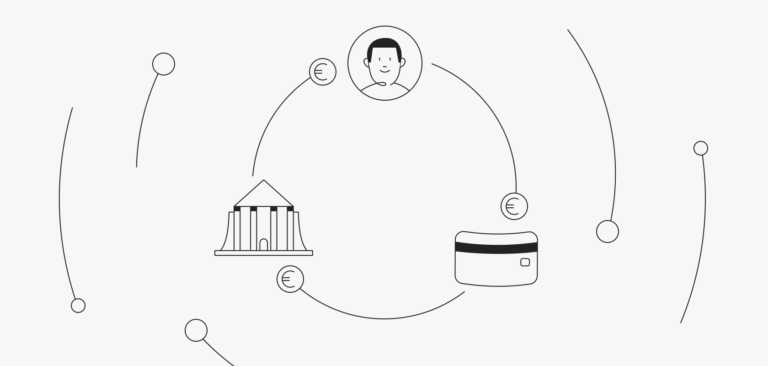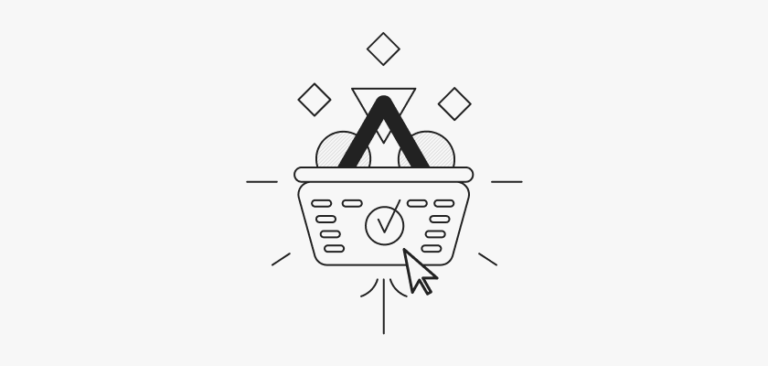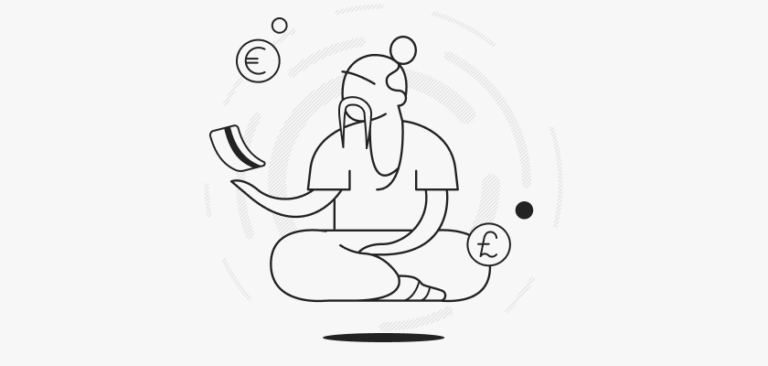Installment payments are a type of payment plan that allows customers to spread the cost of a purchase over smaller, more manageable payments. For customers, this has many benefits, including being able to afford more expensive purchases, better manage their budgets, and access credit without needing a credit card. Merchants benefit from installment payments too, by offering amore flexible payment method to their customers, increasing conversion rates, and expanding their customer base.
If you’re wondering whether your business should start accepting installment payments, you’re in the right place. In this guide, we look at what installment payments are, different types of installments, and the benefits of installment payments for customers and merchants. We also look at the difference between payment installments and credit cards and subscriptions, as well as things to consider before you start accepting installment payments on your ecommerce site.
What are installment payments?
Installment payments allow your customers to spread the cost of their purchase over multiple payments over a set period of time. Sometimes called Buy Now, Pay Later (BNPL), installment payments break down the cost of a purchase into smaller, more manageable chunks. Giving your customers this option allows them to make larger purchases more easily, although a customer might choose installment payments for purchases of any size.
For businesses, installment payments offer convenience and flexibility that can attract more customers and increase sales. When a customer has the option to pay for an item installments, they’re more likely to make a purchase. For customers, installment payments make it easy to spend money on expensive items without straining their budgets or having to save up for long periods of time and potentially miss out on something they want. Instead of losing a chunk of money at once, customers can spread the total cost of a payment over time.
How do installment payments work?
Businesses who want to accept installment payments must partner with a payment gateway or use an invoicing software that offers this service. The process is simple for both merchants and customers: generally, customers will select the BNPL or installment plan at checkout, and payments will automatically be deducted until the full amount has been paid off. Installment payments can even be offered in person at brick-and-mortar stores.
Conditions of installment plans are usually outlined in the payment terms, but usually, the full cost of the payment is divided into equal installments paid in regular intervals over a fixed period of time (e.g. due dates of four weekly payments or three monthly payments). In most cases, the merchant is the one who incurs fees for BNPL while customers benefit from the service. That said, depending on the installment payment terms, late fees may be incurred if a customer doesn’t pay an installment by the due date.
Different types of installments
When it comes to installment options, there are three main types:
- Installment sales: This is an agreement between the merchant and the customer, allowing them to divide the cost of their purchase into smaller payments made at regular intervals. For example, a customer might purchase an electric bike and choose to pay it off with monthly installments instead of all at once.
- Installment loans: This is when a customer takes out a loan from a third party in order to pay for a purchase and pays the loan back in installments, usually with interest. The payment period for installment loans is usually months or even years. An example of an installment loan is taking out a mortgage from the bank to buy a house.
- Installment debt: This is when a person is paying off any kind of debt in installments, for example, a tax bill.
Installment payment options can vary as well, including:
- Pay later: This is when a customer delays payment for a specified period of time (e.g. 14-30 days) and then pays off the entire amount in full.
- Pay on delivery: This is when a customer delays payment until the goods have been delivered.
- Equal installments: This is when a payment is divided into equal amounts, paid regularly until the full payment amount has been made.
- Unequal installments: With this kind of payment installment, a customer might pay varying amounts according to a set schedule.
- Down payment installments: This is when a customer makes an initial down payment followed by regular, smaller installments.
- Balloon payments: This is the opposite of a down payment installment, where a customer initially makes smaller payments followed by a larger final payment.
Installment payment example
To give you a better idea of how installment payments work, let’s look at an example from a customer’s perspective.
Let’s say you want to buy an electric bike for $6,000. Instead of dropping the full amount at once, you decide to take advantage of the merchant’s installment payment option. In this case, the seller is offering you the chance to pay monthly, split over three months. This means the full $6,000 amount is divided into three equal payments of $2,000 each. Now you can buy your electric bike and slowly pay off the outstanding amount without having a significant chunk of money come out of your bank account.
Another common scenario where payment installments are used is with educational courses. Many online institutes allow their students flexible payment plans to pay for courses in installments rather than incurring the full fee upfront. This opens the pathway for more students to study without having to struggle with finances.
Advantages of installment payments
The beauty of installment payments is that they’re hugely beneficial to both buyers and sellers. Below, we look at the advantages for each.
Benefits of installment payments for customers
The advantages of installment payments for customers include:
- Spreading the cost of a purchase over time: The most obvious benefit of payment installments for customers is that they can stretch the cost of a purchase over a longer period of time.
- Increased purchasing power: With installment payments, a customer’s purchasing power is increased. This means they can afford items they normally wouldn’t have been able to pay for outright.
- Access credit without a credit card: Installment payments work similarly to a credit card, allowing people to make purchases and pay for them later. For people who aren’t able to access credit cards – like younger customers or gig workers – this is a major benefit.
- Stick to budget: Installment payments make it easier for customers to stick to their weekly or monthly budget by spreading the cost of a payment over time.
Benefits of installment payments for businesses
Businesses stand to benefit from installment payments just as much as their customers. Advantages of offering installment payments for businesses include:
- Increased sales: Adding installment payments as an option can increase a business’s average order value (AOV) and boost conversions by allowing customers to make purchases they may not normally have been able to. This results in more sales and higher revenue.
- Enhanced customer experience: Many customers are now expecting BNPL and other installment payments to be an option when shopping both online and offline. By offering this service to your customers, you’re enhancing their experience and building customer loyalty. On top of that, installment payments usually store a customer’s account information to make new transactions easier.
- Expand customer base: A business that offers payment installments might be able to expand its customer base by attracting new consumers, especially Gen Z and Millennial audiences.
- Maintain cash flow: Most installment payments providers still pay merchants the full amount of a purchase upfront. This means that you don’t have to deal with any delay in payment settlements and can still maintain your cash flow while offering customers a bonus service.
Difference between installment payments & subscriptions
Both installment payments and subscriptions are a way to receive recurring payments from a customer. However, they are not the same thing. Installment payments involve a set purchase amount that needs to be paid off by a defined period of time, while subscriptions are automatic ongoing payments that continue until canceled by the customer. Installment payments are generally used to make one-off purchases while subscriptions are often paid for an ongoing service.
Difference between installment payments & credit cards
Both installment payments and credit cards make it easier for customers to purchase high-ticket items without having to pay the full amount outright. However, most consumers are coming to prefer installment payments over credit cards as it means they can avoid paying interest. On the other hand, depending on the service provider, merchant fees for installment payments can be more expensive than credit card transaction fees.
Should you offer installment payments?
The benefits of offering installment payments are clear: more sales, enhanced customer experience, and a bigger customer base. But installment payments might not be right for all kinds of businesses. Before you decide to start offering installment payments, take some time to consider the following:
- Check merchant fees: Like we mentioned earlier, merchants have to bear the cost of BNPL and other installment payments. Different service providers will charge different merchant fees, so take some time to compare fees and assess whether your sales will offset the cost of offering this service.
- Consider product returns: Offering installment payments might increase the amount of returns your store receives. Many customers buy items using BNPL, try them on at home, and then return them before they have to pay the next installment. This is an important consideration, especially if you run a retail fashion business, so consider whether you have capacity to manage more returns.
- Choose a plan that matches your products: When selecting a BNPL provider, choose one that has a plan that suits your products. For example, if you sell expensive items, you may want to offer installment payment plans with longer repayment terms. This can require a credit license. If you sell less expensive items, on the other hand, you may be able to use a BNPL plan that offers interest-free payments or four installments or less – most of which are free from credit regulation.
- Match your service to your target market: Installment payments are most popular with Millenials and Gen Z audiences. Customers under the age of 18 cannot use them, and older customers are less likely to choose that payment option. Think of your target audience and consider whether your target market will benefit from having the option.
Start accepting payments easily with ZEN
ZEN makes it easy for your business to accept payments of all kinds – including installments. Our all-in-one payment platform supports fast, secure, and low-cost money transfers both in-store and online, with seamless transactions that cater to the diverse preferences of your customers. Enjoy multi-currency support, numerous payment options, instant settlement, a customizable checkout experience and easy API integration.
Get in touch with our team to learn more and discover why ZEN is the best offer on the market.


